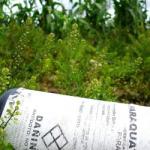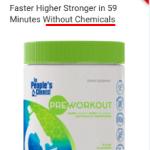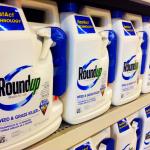Environmental activist groups and trial lawyers have launched a new campaign in their legal effort to restrict access to synthetic pesticides.
Chemicals & Chemistry
There are unquestionably elements that are rarer, stranger, and more exciting than phosphorous.
Every now and then a quack dope misinformed individual needs to be called out.
Just because we're still in the throes of a global COVID pandemic doesn't mean that other critical public health issues should be ignored. No sir, nothing gets by us.
Nice work if you can get it.
As I have written previously, PFOA is not naturally occurring.
If you search for “glyphosate in food,” you'll run headfirst into an endless list of copycat stories, all warning about the dangers of weedkiller-tainted cereal, bread, crackers, baby food, chips, eggs, meat— and basically any other food you can t
Attacking pesticides is sexy. Many activists, lawyers and journalists have made careers out of propagating a simple, compelling narrative about the chemicals farmers use to produce our food.
It seems not a month goes by without an “investigative reporter” somewhere on the internet warning about the dangers of pesticides and the EPA's failure to do anything about them.
The Conversation bills itself as a website designed to “Unlock the knowledge of researchers and academics to provide the public with clarity and insight into society’s biggest problems.” Their s












